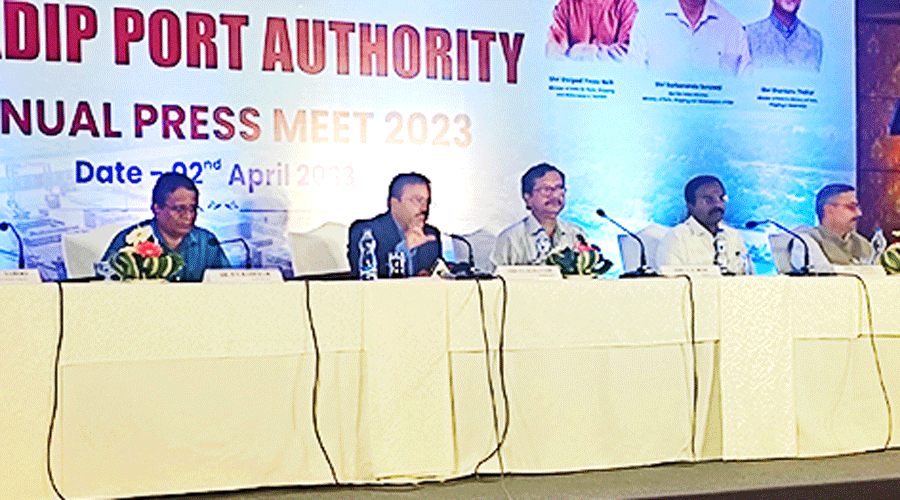The Paradip Port Authority (PPA) on Sunday announced a three-year moratorium on cargo handling tariffs as part of its business development initiatives to ensure competitiveness.
PPA chairman P.L. Haranadh told mediapersons: “The freeze on tariff for the next three years will send a positive message among the investors and bring more volume of business to the port.
“The port has been able to emerge as the cheapest port in terms of handling cargo. We charge only Rs 57. 60 per tonne of cargo.”
He said: “During the financial year 2022-23, Paradip Port has handled the highest-ever annual traffic of 135.36 million metric tonnes against 116.32 million metric tonnes during the previous financial year.
“Thus, it has also recorded the highest ever growth of 19.2 million metric tonnes (16.56 per cent) of traffic in a single financial year in its history.”
The chairman said in terms of revenue, it generated more than Rs 2,200 crore.
“The port has achieved the highest ever coastal shipping traffic of 58.42 million metric tonnes and the thermal coal coastal shipping has grown by 14 million metric tonnes.”
Asked whether the nearby Dhamara Port will be a threat to the Paradip Port in the coming days, the chairman said: “We welcome competition. Competition enhances efficiency.”
The chairman also announced that the port would develop a 10MW solar plant to power the operations of the port, totally renewable energy.
“Paradip port, which has mechanised 80 per cent of the berths as on date, plans to become 100 per cent mechanised by 2030.
The port, with its 289 million tonnes rated capacity port as on date, is poised to cross the 3,000 million metric tonnes capacity mark in another three years.”
The Paradip port also announced plans to develop a riverine port to boost cargo handling. “We will soon come up with the project. It’s in an advanced stage,” said the chairman.
“The port authority has allotted 769 acres of land to various industries which will bring more than Rs 8,700 crores of investments. It will attract 50 million metric tonnes of traffic to the port.”










